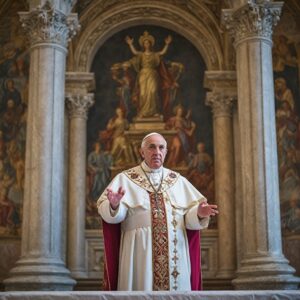
Highlights:
– U.S. President Donald Trump contemplates reallocating $3 billion in grant money from Harvard University to trade schools.
– Harvard University faces challenges with federal grant funding due to alleged left-wing bias.
– Recent legal battles emerge between Harvard University and the Trump administration.
The Debate Over Harvard University’s Funding
The contentious relationship between Harvard University and the Trump administration has escalated as President Donald Trump considers diverting $3 billion in grant money intended for scientific and engineering research from Harvard to trade schools. Trump’s dissatisfaction stems from his belief that Harvard has aligned itself with left-wing ideologies, leading to frozen federal grants and legal disputes over the allocation of funds.
This move raises questions about political interference in academic institutions and the implications it could have for research and education. Harvard’s defiance against what they deem as unconstitutional actions by the administration sheds light on the clash between academic freedom and government control in higher education.
Challenges and Consequences
The standoff between Harvard University and the Trump administration underscores broader concerns about the politicization of education and research funding. Trump’s attempts to reshape Harvard’s policies through financial pressure and legal actions have sparked debates about the boundaries of government intervention in academic affairs.
Moreover, the potential reallocation of grant money from Harvard to trade schools raises issues of equity and resource distribution within the education sector. The outcome of this power struggle will not only impact Harvard University but also resonate across the academic landscape, setting precedents for future interactions between political entities and educational institutions.
Reflecting on Academic Independence
As the clash between Harvard University and the Trump administration unfolds, it prompts reflections on the autonomy and independence of academic institutions. How should universities navigate political pressures while upholding their academic integrity and values? What measures can be taken to safeguard academic freedom in the face of government interventions?
The outcome of this ongoing dispute will shape the future of educational policies and funding mechanisms, influencing the dynamics between academia and political authorities. How can the balance between governmental oversight and academic freedom be maintained to ensure the integrity and diversity of educational institutions?
In conclusion, the standoff between Harvard University and the Trump administration over grant funding highlights the complexities of governance and academic autonomy. As the debate continues, it provokes critical discussions about the boundaries of political influence in education and the preservation of academic independence.
Image source: Mel Musto | Bloomberg | Getty Images
Editorial content by Sierra Knightley




















